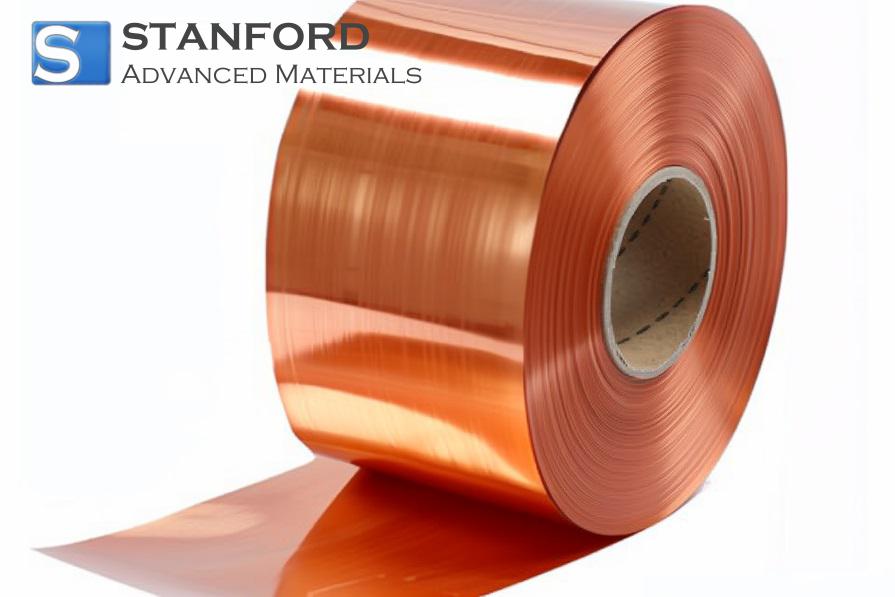Graphene Could Improve Your Wireless Device
The improvement of device speed receives approval from both manufacturers and consumers. IBM has conducted research for this purpose and its experiments with graphene have yielded measurable improvements.
Graphene was first discovered by Andre Geim and Konstantin Novoselov at the University of Manchester. It was first produced in 2004. It is a form of carbon consisting of a single layer of carbon atoms. The atoms are arranged in a repeated hexagonal pattern. Its thickness measures 1 000 000 times less than paper, thereby classifying it as a two-dimensional material.
Graphene maintains strength despite its minimal thickness. Its tensile strength is measured at approximately 130 GPa. James Hone (Professor of Mechanical Engineering at Columbia University) stated that breaking graphene requires a force significantly beyond standard loads.
Graphene is flexible, conducts electricity efficiently, and exhibits measurable strength. It offers better optical, thermal, electrical, and mechanical properties compared with silicon. Consequently, graphene-based devices provide energy efficiency and cost reductions.
The expansion of data applications has increased the demand for mobile devices that can manage high data volumes. IBM reported that graphene is well-suited for wireless applications.
Graphene’s small dimensions present challenges in fabricating integrated circuits, as the material is prone to damage during production. IBM developed an analogue circuit in 2011. It included a broadband frequency mixer; however, the transistor performance was suboptimal due to an insufficiently refined manufacturing process.
Additional efforts were undertaken over the years to enhance the prototype, and these efforts proved effective. A manufacturing method was developed that preserved the transistor. This method enabled researchers to fabricate an integrated circuit from graphene that exhibits a 10 000-fold improvement in performance relative to previous attempts. They evaluated it by transmitting a text message reading “IBM”.
Other attempts to produce integrated circuits from graphene have yielded lower performance. This circuit achieved a 10 000-fold performance improvement compared with previous prototypes. The researchers stated that this development is a step toward genuine graphene technology.
This technological progress indicates that the development of less expensive, faster, and more energy-efficient wireless devices will occur soon.

 Bars
Bars
 Beads & Spheres
Beads & Spheres
 Bolts & Nuts
Bolts & Nuts
 Crucibles
Crucibles
 Discs
Discs
 Fibers & Fabrics
Fibers & Fabrics
 Films
Films
 Flake
Flake
 Foams
Foams
 Foil
Foil
 Granules
Granules
 Honeycombs
Honeycombs
 Ink
Ink
 Laminate
Laminate
 Lumps
Lumps
 Meshes
Meshes
 Metallised Film
Metallised Film
 Plate
Plate
 Powders
Powders
 Rod
Rod
 Sheets
Sheets
 Single Crystals
Single Crystals
 Sputtering Target
Sputtering Target
 Tubes
Tubes
 Washer
Washer
 Wires
Wires
 Converters & Calculators
Converters & Calculators
 Write for Us
Write for Us

 Chin Trento
Chin Trento



